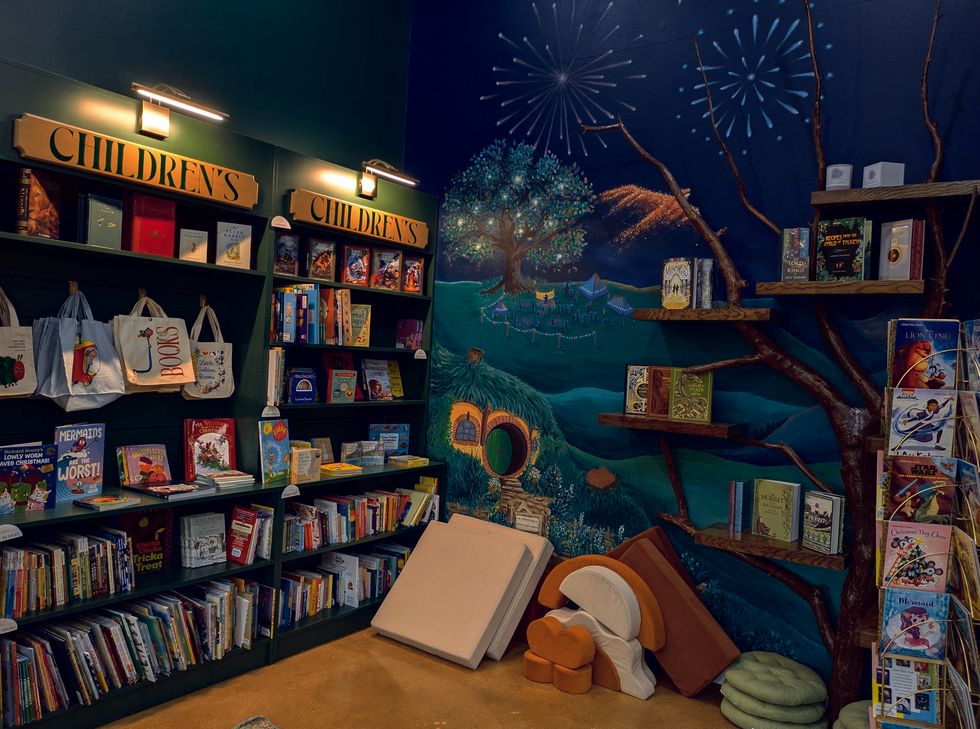DIG THIS
San Antonio museum unearths ancient artworks for first-ever public viewing
Some kingly treasures from an ancient civilization are now on display as part of an exhibition at the San Antonio Museum of Art that constitutes the first time the works of art are on public view.
“Nature, Power, and Maya Royals,” which is on view at SAMA through February 27, 2022, includes 34 objects and pieces of art discovered and unearthed by University of Texas at San Antonio archeologists at two royal Maya burials at the ancient city of Buenavista del Cayo, Belize.
This exhibition, a collaboration between UTSA, SAMA, and the Belize Institute of Archaeology, includes finely painted ceramic vessels that display kings and symbols of authority, as well as shell pendants, earrings, and bracelets worn by a king.
The trove was found by a team of UTSA archaeologists in 2014 and 2019, and the discovery was particularly extraordinary, according to SAMA, because looters had previously trenched an area sheltering the royal burials, managing to miss them by only inches.
“The objects in the exhibition are priceless to us and to the government of Belize for what they tell us about the ancient Maya,” says UTSA anthropology professor Jason Yaeger, who led the research team. “This show presents a wonderful opportunity to grow connections with institutions across San Antonio and Belize.”
Dating between A.D. 450 and 800 — when Maya kings and queens reigned over elaborately designed cities — the artworks feature striking iconography meant to express and legitimize the power of the two Maya rulers who commissioned the works.
One of the standout pieces of the exhibition is a large and intricately carved pendant made of marine shell and discovered in a royal tomb. Incised Maya glyphs appear on it and have been deciphered to read, “This is the pendant of Naah Uti’ K’ab, king of Komkom.” This discovery confirms that the buried individual was a king, and Komkom is likely the original name of the site now known as Buenavista del Cayo.
That nugget of info is also telling, considering Maya texts at nearby sites note Komkom had been attacked and conquered in the A.D. 600s and 700s. But because the shell pendant dates to about A.D. 450, the discovery helps provide the earliest reference to the site of Komkom.
Other works featured in the exhibition highlight a common theme among Maya rulers’ commissioned art: jaguar pelts, which were worn as clothing and used as decorative elements at royal palaces. In fact, the Maya so admired the jaguar’s strength and predatory skills that rulers had exclusive rights on jaguar imagery and products.
“We are delighted to share these beautiful and precious artworks,” says Bernadette Cap, curator of the exhibition. “Visitors will also be able to view images taken during our excavation in Belize. The recovery of the objects such as these from known, well-documented locations provides essential information for interpreting similar Maya art held by museums.”





 Book Nerd includes a whimsical children's area.Photo by Edmond Ortiz
Book Nerd includes a whimsical children's area.Photo by Edmond Ortiz Rhiannon Otero is one of four owners of Pages for Ages.Photo by Edmond Ortiz
Rhiannon Otero is one of four owners of Pages for Ages.Photo by Edmond Ortiz In addition to different kinds of books, Pages for Ages offers homemade pastries, handcrafted gifts, and stones and crystals.Photo by Edmond Ortiz
In addition to different kinds of books, Pages for Ages offers homemade pastries, handcrafted gifts, and stones and crystals.Photo by Edmond Ortiz